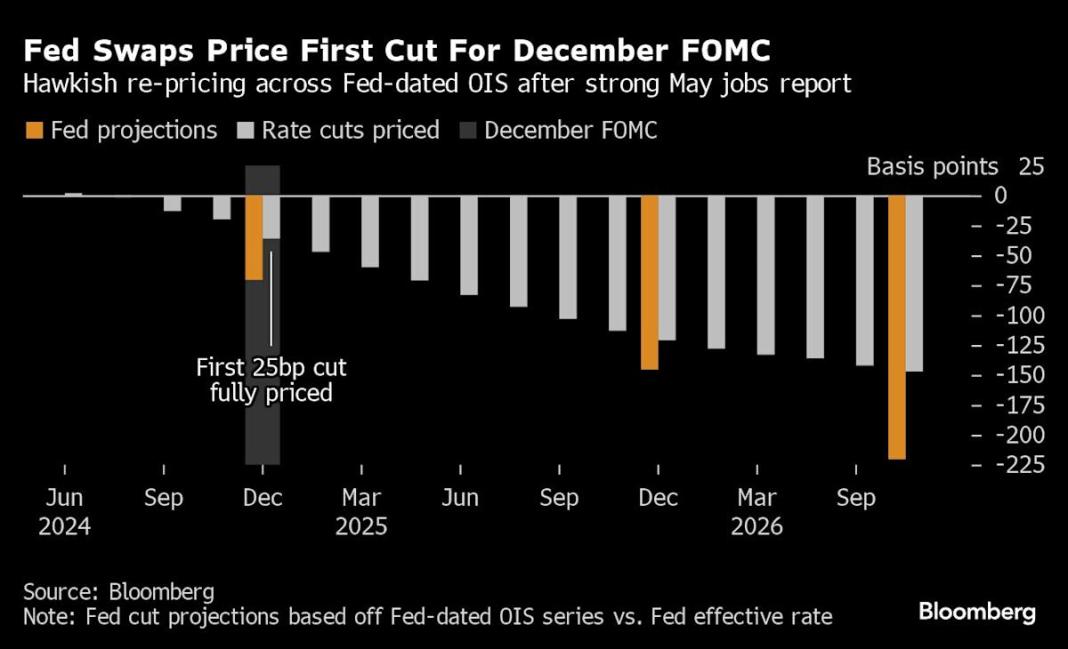Title: “Reimagining the Wild West: ‘Dark Noon’ Challenges Hollywood Western Tropes”
In a groundbreaking collaboration between a Danish director and a South African theater company, the play “Dark Noon” is turning the classic Hollywood western genre on its head. Set in a traditional western town complete with cowboy hats, railroad tracks, and Native American headdresses, the play delves deep into the dark history of colonization and oppression.
The narrative of the white cowboy hero conquering the Wild West at the expense of Indigenous populations is scrutinized and deconstructed in “Dark Noon.” Through a series of workshops and research on American history, the diverse cast explores the complexities of European colonization and its impact on Indigenous communities.
One of the most striking elements of the play is the use of whiteface by the mostly Black cast to portray European settlers. This controversial choice challenges the audience to confront uncomfortable truths about history and colonization. Audience members are not mere spectators but are actively pulled into the action, experiencing the harsh realities of the Wild West firsthand.
As the play unfolds, the audience witnesses the gradual construction of a western town, raising questions about development, progress, and who ultimately benefits from these changes. The discomfort and awkwardness experienced by viewers are seen as essential to the “Dark Noon” experience, prompting reflection on America’s complex history and its ongoing impact.
With a U.S. premiere at the Spoleto Festival USA, “Dark Noon” has sparked both controversy and acclaim, drawing parallels between American history and the experiences of Black South Africans. The cast and creative team express a mix of fear and hope as they present this unvarnished version of history to American audiences, challenging them to confront their own understanding of the past and its implications for the present.
“Dark Noon” is not just a play – it’s a powerful reimagining of the Wild West that invites audiences to engage with history in a new and thought-provoking way.


